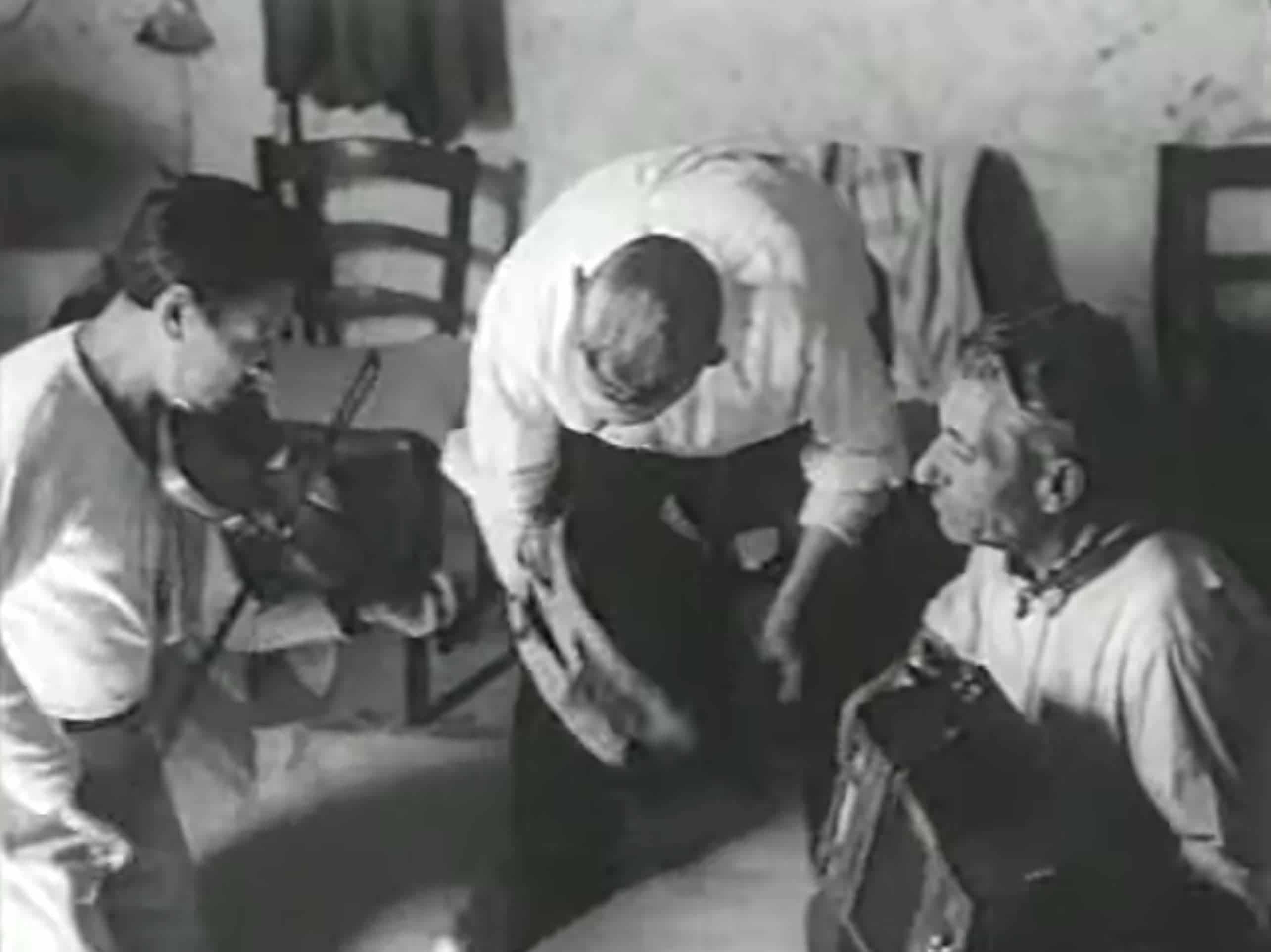A few days ago, in one of the articles posted on our Facebook page, specifically the one about the lauburus that can be found at the entrance to a 18th century hacienda in the Yucatan, one of the participants shared an Italian documentary that has left us deeply stunned.
The documentary, “Salento La Terra Del Rimorso“, is directed by Italian anthropologist Ernesto de Martino and is in itself a true ethnographic jewel. Filmed in 1959 in the region of Salento, the heel of the Italian boot, it’s focused on the the taranta, a pagan ritual which was adopted by the Catholic Church in the 18th century, based on the music. The Taranta is also the music that is played in that ritual. According to a tradition which dates back to at least medieval times, it cures tarantism, a convulsive hysterical phenomenon present in the ancient popular culture of southern Italy.
While listening to this music, which is the basis of this spell/cure, we couldn’t help but remember some of the traditional songs our own Trikitixa. Just like the Trikitixa, the Taranta uses the accordion and the tambourine, and we can find many similarities in the rhythm and the style of singing.
It’s true that the most widely accepted theory is that the diatonic button accordion reached Basque lands with the Italian tunnel diggers who came here to build the “Railways of the North” in 1960. That instrument was first used in Vienna at the beginning of the 19th century, and it quickly gained popularity in the Alps. The Auñamendi Encyclopedia, an invaluable resources in digging deeper into Basque culture, has a wonderful article by Rafael Aguirre Franco on the Trikitixa, where, among many other things, he discusses this theory.
The thing is, though, that this traditional southern Italian music is, as is quite obvious, from the other end of the Italian peninsula, and that makes us think that if there is any relationship between the Taranta and the Trikitixa, it’s because a good deal of the men who immigrated to dig tunnels were from southern Italy who’d gone to the North to find work in railway construction and maintenance.
This question is entirely based on our supposition that there is a relationship between the two musical styles. Nothing has been proven, and it’s entirely based on our perceived similarity between this traditional musical style from Puglia and the style of some of the songs played by our trikitilaris.
We are very curious to know if there is any relationship between the Taranta and the Trikitixa. So we’d be very grateful if someone who knew more about that subject could help us discover the history, assuming there is one!
We’ll leave you with the “Salento La Terra del Rimorso“, directed by Italian anthropologist Ernest de Martino. Regardless of whether or not there is any relationship, this music a wonder.
Last Updated on Dec 20, 2020 by About Basque Country






























